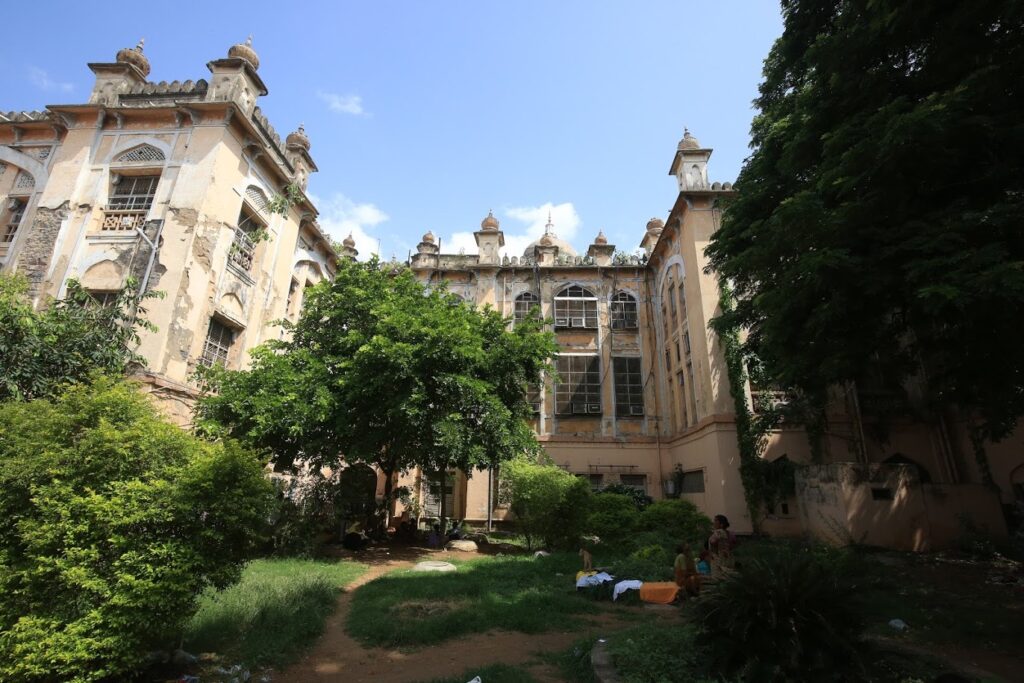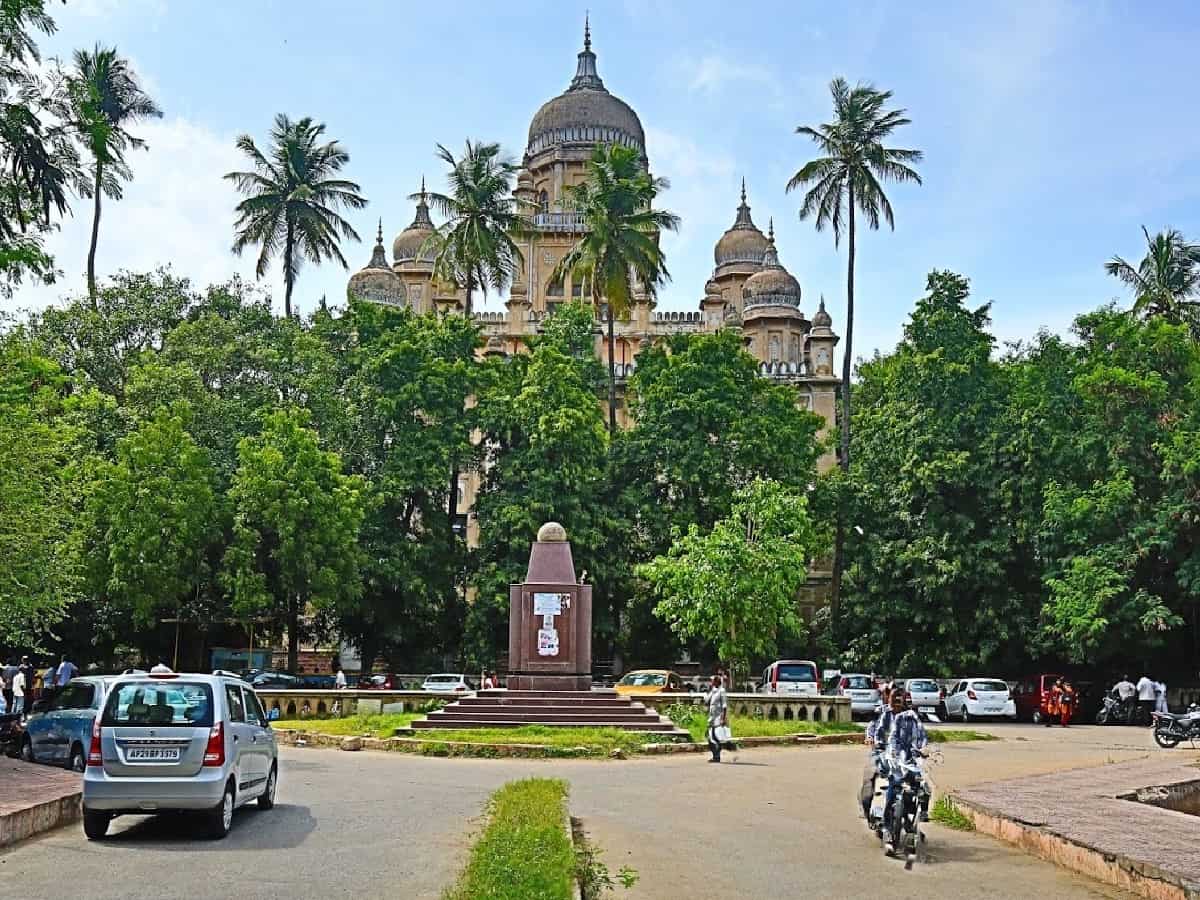Yunus Y. Lasania
Hyderabad: Deliberate neglect seems to have begun the leitmotif of the age-old Osmania General Hospital (OGH), which was once again in the news earlier this after its emergency wards were inundated with water due to heavy rainfall. It exposed not just the callousness of the state government towards a major healthcare centre, but also the apathy that exists with regard to Hyderabad’s heritage buildings.
Time and again issues with OGH have cropped up, and each time it has only been met with more or less a cold shoulder. This time too, the only fix for the water-logging in the ground floor of OGH was to shift patients to the first floor. But that doesn’t answer the bigger question: how can such a situation be avoided from happening again?

It may be recalled that the state government’s plans to demolish the OGH in 2015 had drawn unprecedented public ire, especially from heritage activists, after which the government dropped its plans. Anuradha Reddy, who heads the Hyderabad chapter of the Indian National Trust for Art and Cultural Heritage (INTACH), blasted the state government for not maintaining the upkeep of OGH.
“They just want everything to collapse. This recent rain water which flooded the rooms was a result of some road being laid inside the premises, without checking the required level near the main building,” Reddy said, and added that an INTACH team had inspected the OGH in 2015. The team’s report said that the OGH’s old building was structurally sound, and that all “damages observed are mostly on the surface of the building and are within the purview of reparability…”.
“What about the Victoria Zenana Dawakhana? The main hospital is still there, but the courtyards are gone. They are using it for parking too now,” lamented Reddy. A doctor from OGH, who did not want to be quoted, remarked that the hospital, which was once the main healthcare centre under the last Nizam Osman Ali Khan’s reign (1911–1948), is “on the verge of shutting” down due to the precarious condition it is in, and also due to lack of amenities.
However, this is not the only heritage structure that is in shambles. In 2015, less than two years after the Telangana Rashtra Samithi (TRS) came to power, the state government, in spite of a High Court order asking to maintain status quo, demolished the then notified IAS Officers Association building, over which Chief Minister K. Chandrashekhar Rao (KCR) built his swanky new office, Pragathi Bhavan.
That building was also constructed as government office during the time of Osman Ali Khan. Similarly, in 2015, when public attention was on saving the OGH, construction activity, was taken up at the Government College of Nursing situated at Raj Bhavan road. Built in the Indo-Saracen architecture like OGH and other heritage buildings, the college escaped the eye of heritage activists who did not notice the ongoing works.
A portion of the historic structure had collapsed at the rear then itself in the building. These two are simply a few of the many examples one can give when it comes to the loss of our heritage sites. To throw some light on the importance of these sites, OGH was completed in 1925, after Hyderabad too was affected by the bubonic plague around 1911.
The city administration then took care of the issue, following which Osman Ali Khan set up the City Improvement Board (CIB) in 1912 to upscale Hyderabad’s infrastructure. The CIB transformed the medieval city into a modern metropolis, which had secular and modern buildings like the High Court, railway stations, schools and a grand hospital (OGH). Osmania hospital in fact was the first choice for everyone in Hyderabad then.
Osman Ali Khan was the last and seventh Nizam of the erstwhile state of Hyderabad. The Nizams belonged to the Asaf Jahi dynasty, which ruled the Deccan from 1724 to 1948. Prior to that Hyderabad was built in 1591 and founded by the Qutb Shahi dynasty, which ruled from 1518 to 1687. The interim period between 1687 and 1724 was under the control of Mughals.
(The writer is a Hyderabad-based journalist, who has previously worked for The New Indian Express, The Hindu and Mint).

